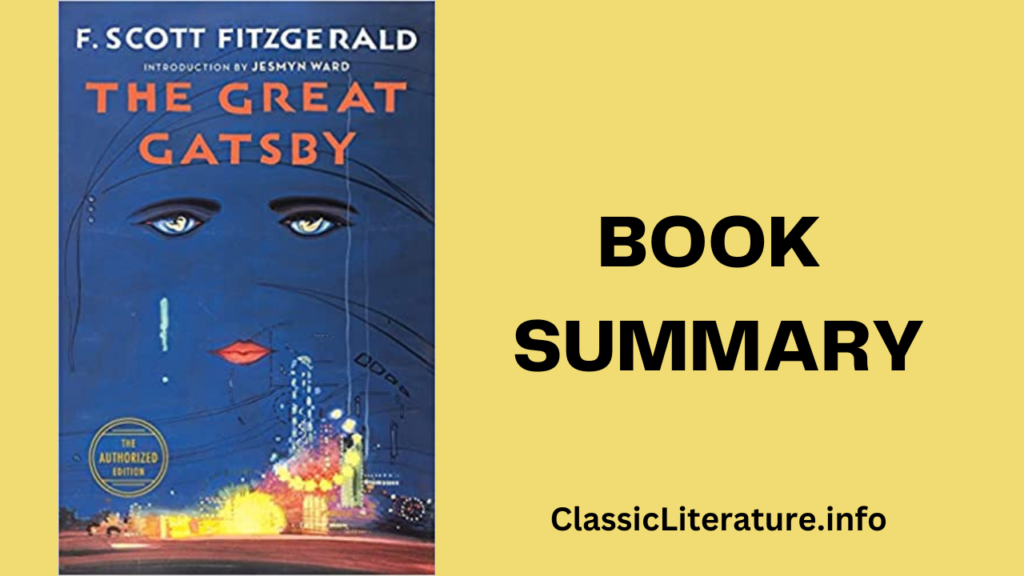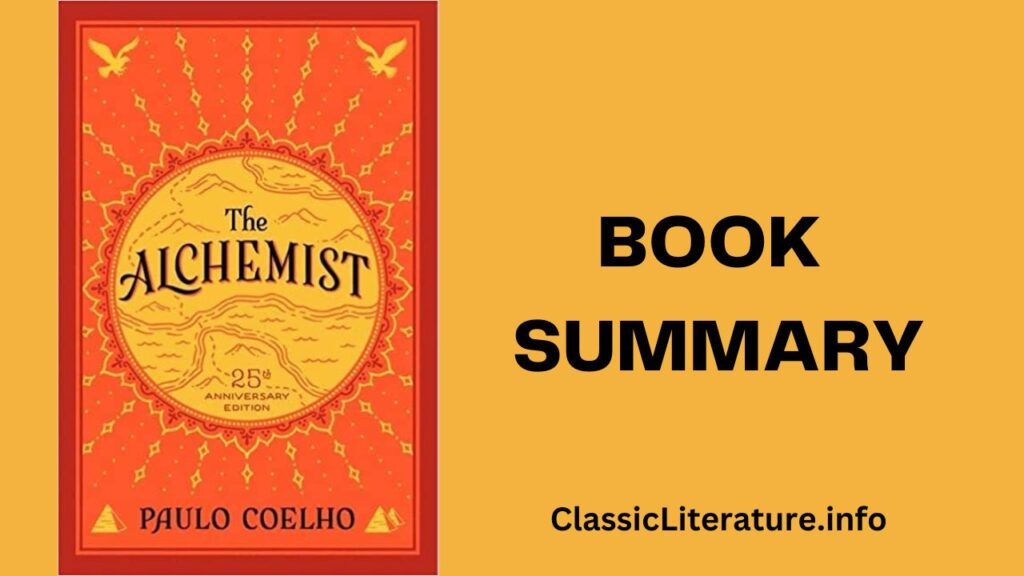
Book Summary: “The Great Gatsby” by F. Scott Fitzgerald
“The Great Gatsby” by F. Scott Fitzgerald is a timeless classic that paints a vivid portrait of the American Dream and the dark underbelly of the Jazz Age. Set in the roaring 1920s, the novel follows the enigmatic millionaire Jay Gatsby through the eyes of Nick Carraway, a young and impressionable narrator.
The story unfolds in the wealthy suburbs of Long Island, New York, where Gatsby’s extravagant parties are legendary. Gatsby himself is a mysterious figure, known for his immense wealth and obsession with Daisy Buchanan, a married socialite he fell in love with years ago. As Nick becomes entangled in Gatsby’s world, he discovers the intricate web of love, deceit, and illusion that lies beneath the glitz and glamour of the era.
Fitzgerald masterfully weaves together themes of love, wealth, and the corruption of the American Dream. Through Gatsby’s relentless pursuit of Daisy, he explores the emptiness of material success and the fragility of human aspirations. The novel delves into the hollowness of the upper class, the disillusionment of the post-World War I generation, and the impossibility of recapturing the past.
“The Great Gatsby” is replete with memorable quotes that have become iconic over the years. From the poignant “So we beat on, boats against the current, borne back ceaselessly into the past” to the profound “They were careless people, Tom and Daisy—they smashed up things and creatures and then retreated back into their money or their vast carelessness, or whatever it was that kept them together, and let other people clean up the mess they had made,” Fitzgerald’s writing is lyrical and evocative, encapsulating the spirit of the era.
Get Paperback or Kindle version of the book <–
This novel is a must-read for several reasons. First, it captures the essence of the 1920s with its glitz, glamour, and excesses, painting a rich portrait of an era marked by both hope and disillusionment. Second, Fitzgerald’s prose is elegant and poetic, elevating the story to a work of art. The characters are deeply flawed yet profoundly human, allowing readers to empathize with their desires and flaws. Lastly, “The Great Gatsby” explores universal themes of love, loss, and the quest for meaning, making it a timeless tale that resonates across generations.
Real Reader Reviews:
- “The Great Gatsby is a beautifully written novel that transports you to the decadent world of the Jazz Age. Fitzgerald’s vivid descriptions and complex characters drew me in from the first page. The tragic love story between Gatsby and Daisy is both heart-wrenching and thought-provoking. A true masterpiece.” – Sarah M.
- “I can’t praise this book enough. The way Fitzgerald captures the emptiness and superficiality of the rich is stunning. The symbolism throughout the novel is rich and layered, and the ending left me pondering the nature of dreams and reality. A must-read for anyone who appreciates literary brilliance.” – Mark T.
- “I found ‘The Great Gatsby’ to be a bit overhyped. While the prose is undeniably beautiful, the characters felt distant and hard to connect with. The excessive party scenes and the focus on wealth became repetitive after a while. It’s definitely an important piece of American literature, but it didn’t resonate with me personally.” – Emily R.
- “I absolutely adored ‘The Great Gatsby.’ Fitzgerald’s writing is exquisite, and he captures the essence of the Jazz Age like no other. The tragic love story is so compelling, and Gatsby’s longing for Daisy is palpable. This book is a masterpiece of storytelling and social commentary.” – Michael H.
- “I struggled to get through ‘The Great Gatsby.’ The characters felt shallow, and I couldn’t find myself invested in their stories. While Fitzgerald’s prose is undeniably beautiful, the plot didn’t grip me. I can understand its significance in the literary canon, but it just wasn’t my cup of tea.” – Jennifer L.
Overall Conclusion:
“The Great Gatsby” has garnered a mixed response from readers. Many appreciate the novel’s stunning prose, rich symbolism, and exploration of the hollowness of wealth and the American Dream. The tragic love story and the vibrant portrayal of the Jazz Age continue to captivate readers across generations. However, some readers find the characters distant and the focus on wealth repetitive, which diminishes their enjoyment of the novel.
Who is the book for?
“The Great Gatsby” is a must-read for lovers of classic literature, those interested in the Jazz Age and its societal implications, and anyone who appreciates profound storytelling and beautiful prose. It appeals to readers who seek to delve into the complexities of human nature and reflect on the illusions and disillusionments of life.
About the Author:
Scott Fitzgerald (1896-1940) was an American novelist and short story writer. He is widely regarded as one of the greatest American writers of the 20th century. Fitzgerald’s works, including “The Great Gatsby,” explored the themes of the American Dream, wealth, and the Jazz Age. His writing style was characterized by its poetic and lyrical quality, capturing the spirit of the era. Fitzgerald’s works continue to be celebrated for their social commentary, vivid characters, and evocative prose. Despite facing personal struggles, Fitzgerald left an indelible mark on American literature and remains an influential figure in the literary canon.



